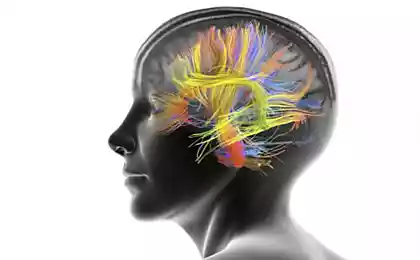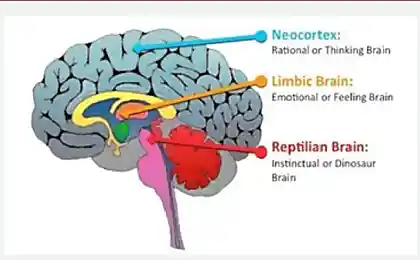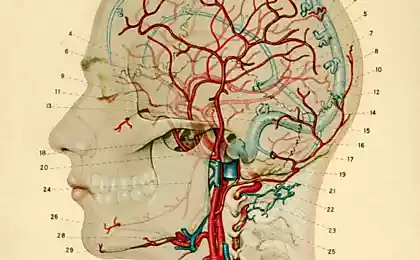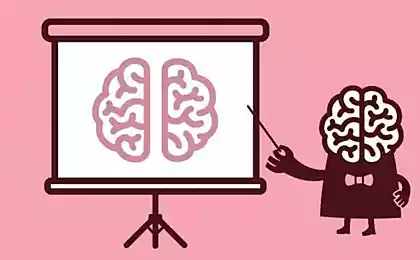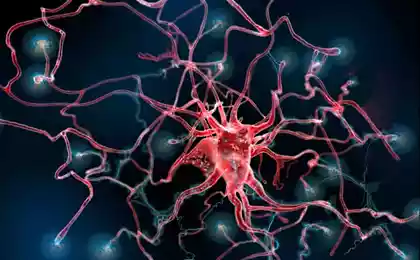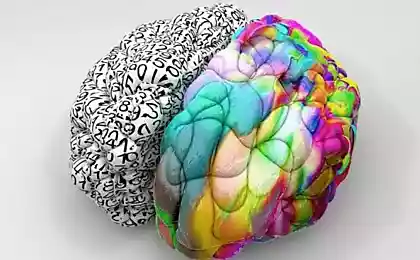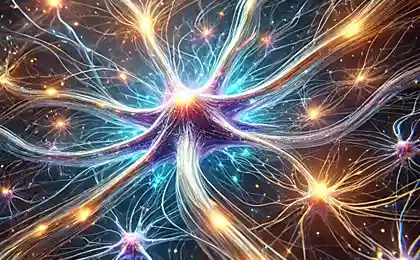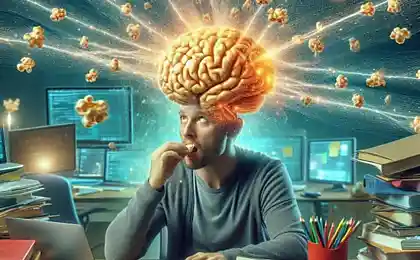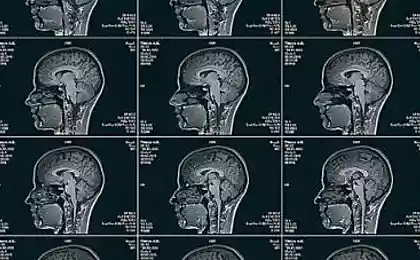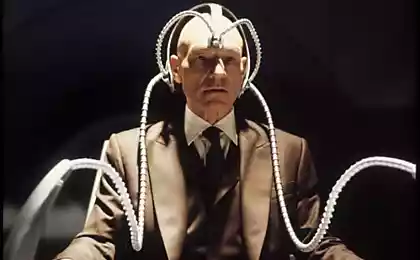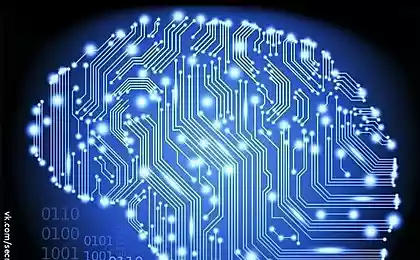193
4 reasons to try writing with your left hand if you are right-handed, and vice versa
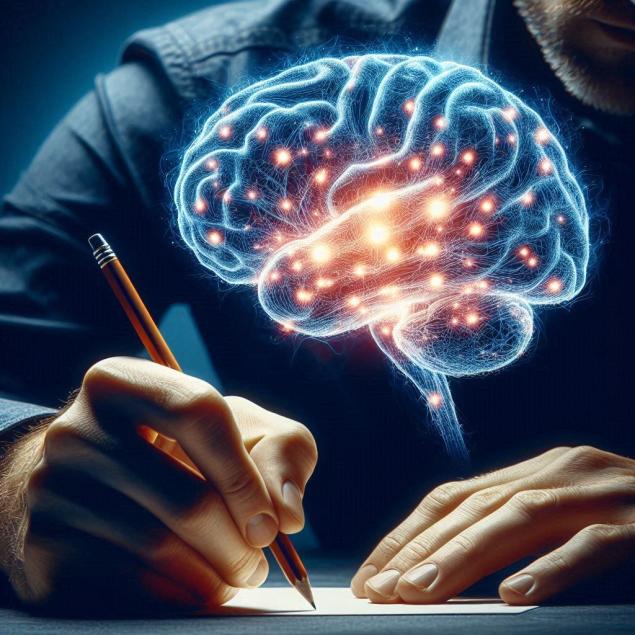
Imagine being in a world where everything works the other way around. Items that you used to use easily become unexpectedly uncomfortable. Simple actions become a test. This is what about 90% of the world’s population feels when they try to perform their usual tasks with an ignorant hand. However, what seems like an inconvenience may be the key to unlocking the amazing capabilities of your brain and body.
Trying to write with a “non-main” hand isn’t just a fun experiment. It's a journey into the depths of how our brain works and an opportunity to experience what neuroscientists call "neuroplasticity" in action. As long as most of us stick to the comfort of the dominant hand, we are missing out on the many benefits that developing bilateral skills can bring.
Reason 1: Activation of new areas of the brain and improved cognitive function
When you hold the handle with an unusual hand, a real revolution occurs in your brain. Studies using functional magnetic resonance imaging (fMRI) show that the use of an ignorant hand causes areas of the brain that normally remain passive in standard actions to work.
According to a study published in the journal Neural Plasticity, regular exercises with a non-learning hand contribute to the formation of new neural connections and strengthen the callosum body – the structure that connects the right and left hemispheres. This improves interhemispheric coordination and can positively affect:
- Memory and learning capacity
- Cognitive flexibility
- Spatial thinking
- Concentration
Robert Sapolsky, professor of neurology at Stanford University, notes that “getting out of the comfort zone in motor skills creates beneficial stress for the brain, stimulating neurogenesis – the formation of new neurons and synaptic connections.”
Reason 2: Development of creative potential and non-standard thinking
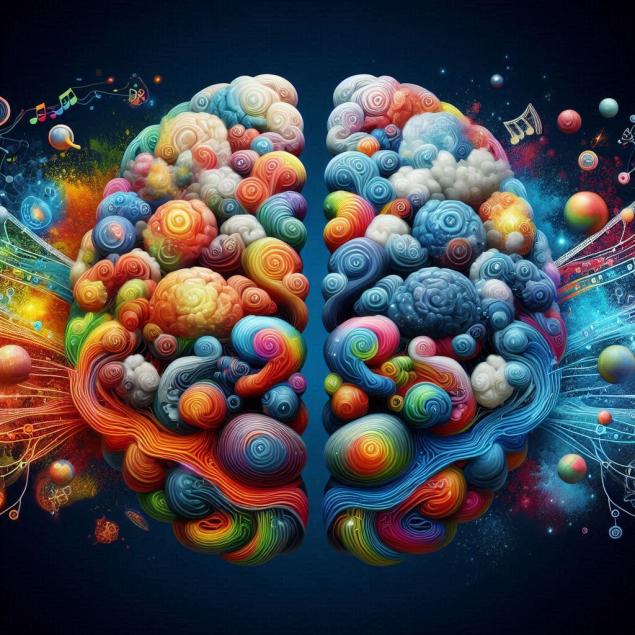
The left hemisphere of the brain is traditionally associated with logical, analytical thinking, and the right with creative and intuitive thinking. Although modern neuroscience shows that this separation is not so categorical, the practice of writing with a non-learning hand does help activate “sleeping” areas of the brain and contributes to a more integrated work of both hemispheres.
Leonardo da Vinci, one of the greatest geniuses in the history of mankind, was known for his ambidextria - the ability to equally well wield both hands. He often wrote with his left hand, and in a mirror image, and could simultaneously draw with one hand and write with the other. Many researchers of his work associate his extraordinary creativity with the development of bilateral skills.
The practice of writing with an ignorant hand can stimulate:
- Finding non-standard solutions to problems
- Development of visual and spatial skills
- Strengthening intuitive thinking
- Overcoming cognitive blocks and creative stagnation
Attempting to write with an ignorant hand inevitably causes frustration. The letters are curved, the process is slow, and the result is often disappointing. However, this is where valuable psychological experience lies.
Regular practice of writing with a non-main hand develops:
- Patience and perseverance – the ability to continue despite difficulties
- Accepting imperfection is the ability to value the process, not just the result.
- Mindfulness – increased attention to the “here and now” moment
- Emotional resilience – the ability to cope with frustration
Psychologist Carol Dweck, the author of the concept of the “growth mindset”, notes that such exercises help develop the right attitude to difficulties: “When we are faced with a task at which we are initially incompetent, and see our progress over time, it strengthens faith in the ability to learn and develop in any field.”
Reason 4: Prevention of age-related cognitive impairment and rehabilitation
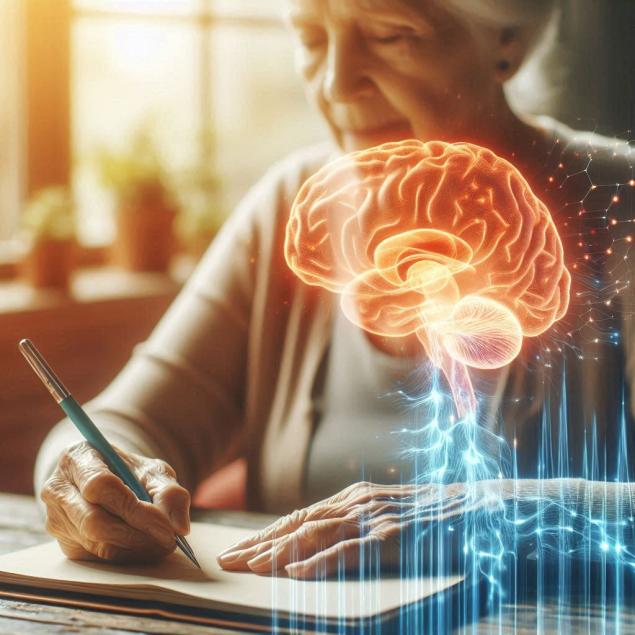
Neuroplasticity — the brain’s ability to change and form new neural connections — is a key factor in preventing age-related cognitive impairment. Learning new skills, especially those as complex and complex as writing with a non-learning hand, creates a kind of “cognitive reserve” that can slow down the aging process of the brain.
Studies show that people who regularly engage in the development of bilateral skills demonstrate:
- Reducing the risk of dementia
- Slower age-related cognitive decline
- The best safety of fine motor skills in old age
- Increased neuroplasticity, contributing to recovery after stroke
In stroke rehabilitation centers, non-learning writing is often used as part of therapy for patients who have a dominant side of the body. This method helps not only to develop practical skills, but also stimulates the recovery of damaged areas of the brain due to neuroplasticity.
How to start writing with an ignorant hand: practical tips
1. Start small.: Dedicate exercise to only 5-10 minutes a day, gradually increasing the duration.
2. Keep regularity.: The effect is achieved not by intensity, but by systematic practice.
3. Use prescriptions.: They will help to structure learning, as in childhood.
4. Start with the basic forms: Before moving on to letters, practice drawing straight lines, circles, and spirals.
5. Keep a diary with an ignorant hand: Write down short notes about your day or thoughts.
6. Track progress.: Save samples of your letter with dates to see improvements.
7. Expand the range of actions: Try brushing your teeth, using a mouse, or eating an ignorant hand.
Conclusion
Learning to write with an ignorant hand is not just fun or a fad. It is a scientifically based method of improving brain function, developing cognitive skills and preventing age-related changes. In a world where we are constantly looking for new applications and programs for brain training, this simple, accessible method remains one of the most effective.
As neuroscientist Norman Doidge noted in his book Brain Plasticity, When we stop using specific neural pathways, the brain sees them as unnecessary and redistributes resources. But when we challenge these paths, we not only preserve them, we strengthen them.”
So next time you pick up a pen, try handing it to the other hand. The clumsiness and discomfort you experience at first can be the first step toward new neurological connections, greater creativity, and a healthier brain for years to come.
Glossary of terms
Ambidextria
The ability of a person to equally own the right and left hands without a pronounced preference for either.
Bilateral skills
Skills that require coordinated work on both sides of the body that improve coordination between the right and left hemispheres of the brain.
Neuroplasticity
The ability of the brain to change its structure and function under the influence of experience, learning and following physiological changes or injuries.
callosum
The largest bundle of nerve fibers in the human brain, connecting the right and left hemispheres and providing information exchange between them.
Functional magnetic resonance imaging (fMRI)
A neuroimaging technique that measures brain activity by detecting changes related to blood flow, allowing you to see which areas of the brain are activated when performing certain tasks.
Cognitive reserve
The ability of the brain to withstand pathological changes due to the accumulated “safety margin” in the form of additional neural connections formed as a result of intellectual, social and physical activity throughout life.
Neurogenesis
The process of forming new neurons from stem cells or neuronal progenitor cells. Contrary to early assumptions, neurogenesis occurs in the adult brain, albeit on a more limited scale than in the developing brain.
Psychological self-diagnosis as a new type of prayer and search for oneself
How to Stop Being Guilty for Everything That Happens in Your Life




